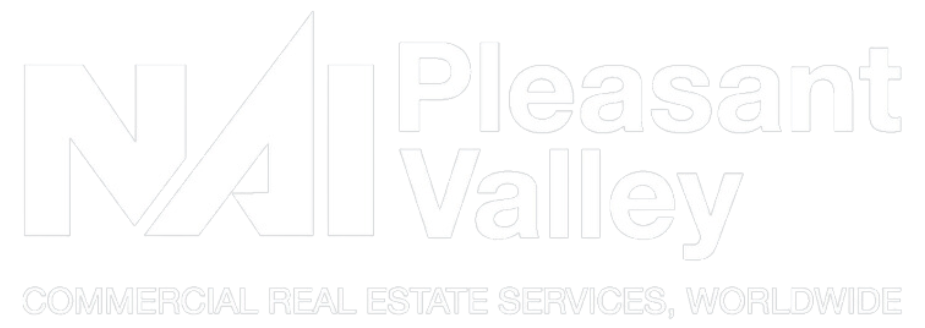Rent To Own
 Growing up as a child in the 1970s meant that I watched a lot of television. I was a car freak at a very early age and would always pay particular attention any time a commercial aired for a new car. Looking back at this now, two things stand out. First, aside from Ricardo Montalban touting the rich Corinthian leather of the new Chrysler Cordoba, I can’t recall all that many auto commercials actually airing – certainly not to the extent that they air today. And second, I don’t ever recall seeing any commercials focused on leasing. In fact, I never even heard of an auto lease until the mid-1980s.
Growing up as a child in the 1970s meant that I watched a lot of television. I was a car freak at a very early age and would always pay particular attention any time a commercial aired for a new car. Looking back at this now, two things stand out. First, aside from Ricardo Montalban touting the rich Corinthian leather of the new Chrysler Cordoba, I can’t recall all that many auto commercials actually airing – certainly not to the extent that they air today. And second, I don’t ever recall seeing any commercials focused on leasing. In fact, I never even heard of an auto lease until the mid-1980s.
This month, we are going to start a two-part series on leasing versus owning, not with a focus on automobiles but rather on real estate. In this month’s column, we will focus on some of the subjective factors involved in this decision, while next month we will focus on a more objective way to evaluate these alternatives.
Leasing is a means of obtaining the physical and partial economic use of a property for a specified period without having to obtain an ownership interest. In exchange for this right to use the property for a specific period of time and under specific conditions, the tenant agrees to pay rent. As with any other business decision, there are certain advantages and disadvantages to leasing.
Advantages of leasing
Availability of cash – Lease arrangements usually have fewer restrictions as compared to loan agreements and thus provide a form of flexible financing. They also help a business owner avoid a large initial capital outlay that could otherwise be used to invest in their core business. Click here to read the entire article.
